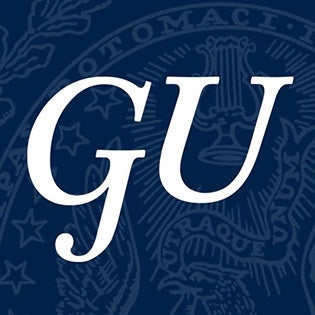DOCTORAL DEFENSE: CHARLES NAGLE (SPANISH)
Candidate Name: Charles Nagle
Major: SPAN
Advisors: Cristina Sanz and Alfonso Morales-Front
Title: “A Longitudinal Study on the Role of Phonetic Factors and Learner Variables in the Development of L2 Spanish Phonology”
Abstract/Summary:
This study was a longitudinal investigation of how phonetic factors and learner differences shape second language (L2) pronunciation development. Twenty-six English-speaking learners of Spanish enrolled in an introductory Spanish course at the time of recruitment completed perception, production, and motivation measures five times over a year-long period. The perception and production measures involved a set of 4 minimal-pair character contrasts on which the participants were trained. The quantitative motivation measure operationalized aspects of the L2 Motivational Self System (Dörnyei, 2009), focusing on the ideal and ought-to L2 selves as well as a measure of motivated behavior. The qualitative, open-ended motivation questionnaire elicited information on students’ overall goals in learning Spanish, among other factors.
Development was operationalized as d’ on the perception task, and Voice Onset Time (VOT) and C:CV intensity ratios (Hualde, Simonet, & Nadeu, 2011) for word-initial and word-medial stops on the production tasks. Findings suggest that the ability to perceive L2 contrasts develops rapidly within the first year of Spanish instruction, whereas the ability to produce target-like L2 sounds develops gradually and is subject to more inter-individual variation. From a phonetic perspective, learners seemed to acquire the short-lag category for voiceless stops more rapidly than the lead-lag category for voiced stops, although there was a significant non-linear trend in the development of the former. This indicates that the lead-lag and short-lag categories may be qualitatively different at the level of mental representation. From an individual differences perspective, the ideal L2 self was negatively associated with VOT development. This surprising negative association may be due to the fact that pronunciation has low visibility in the foreign language curriculum, where grammatical and lexical learning objectives predominate. Regarding medial stops, there was no significant development along the C:CV intensity ratio parameter, contrasting with the trend for VOT.
These findings contribute to our understanding of the substance of L2 phonological development which can take a range of forms, including the activation of a pre-existing phonetic category or the creation of a new one. They also indicate that instructors should adopt a more proactive approach to pronunciation in the language classroom.
Speaker(s): Charles Nagle
Department: Graduate School of the Arts and Sciences
Event Type: Doctoral Defense
Date and Time: Friday, October 31, 2014 at 2:00pm
Location: Edward B. Bunn, S.J. Intercultural Center, 662, 37th and O St., N.W., Washington
